10 year old Ceramic Tile floor popping up..Help!
rodco
13 years ago
Featured Answer
Comments (11)
stoneeater
13 years agobrickeyee
13 years agoRelated Professionals
Bethpage Flooring Contractors · Branford Flooring Contractors · Bridgewater Flooring Contractors · Costa Mesa Flooring Contractors · Kansas City Flooring Contractors · Oceanside Flooring Contractors · Pasadena Flooring Contractors · Suitland Flooring Contractors · Westlake Flooring Contractors · Channahon Tile and Stone Contractors · Roxbury Crossing Tile and Stone Contractors · Dardenne Prairie General Contractors · Dover General Contractors · Parkersburg General Contractors · Tamarac General ContractorsUser
13 years agobrickeyee
13 years agoUser
13 years agoandreadell79
7 years agoandreadell79
7 years agodauglos
7 years agogeoffrey_b
7 years agoAvanti Tile & Stone / Stonetech
7 years ago
Related Stories

UNIVERSAL DESIGNMy Houzz: Universal Design Helps an 8-Year-Old Feel at Home
An innovative sensory room, wide doors and hallways, and other thoughtful design moves make this Canadian home work for the whole family
Full Story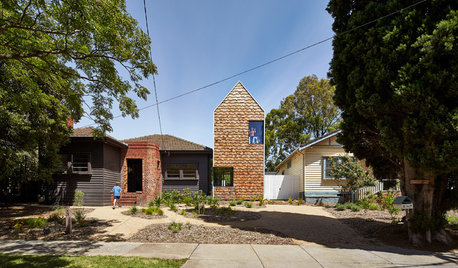
MOST POPULARHouzz Tour: A Playful Home Drawn Up by 8-Year-Old Twins
Plans for this innovative tower home in Melbourne were going nowhere — until the homeowners’ twins came to the rescue
Full Story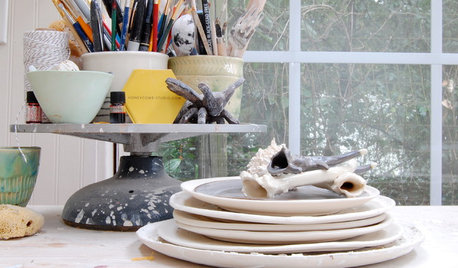
OUTBUILDINGSStudio Tour: From Old Shed to Sunny Ceramics Workshop
Elegant porcelain antlers and more now emerge from an Atlanta outpost where critters once roosted
Full Story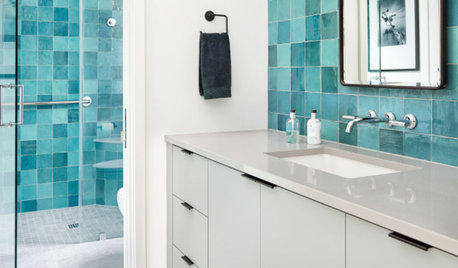
TILEPorcelain vs. Ceramic Tile: A Five-Scenario Showdown
Explore where and why one of these popular tile choices makes more sense than the other
Full Story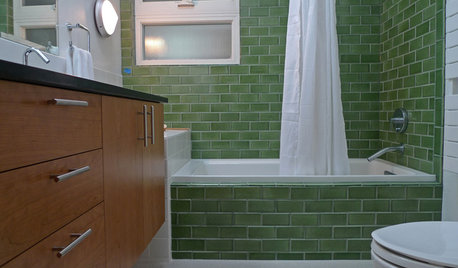
BATHROOM DESIGNBathroom Surfaces: Ceramic Tile Pros and Cons
Learn the facts on this popular material for bathroom walls and floors, including costs and maintenance needs, before you commit
Full Story
MODERN HOMESHouzz Tour: 800-Year-Old Walls, Modern Interiors in Provence
Old architecture and new additions mix beautifully in a luxurious renovated vacation home
Full Story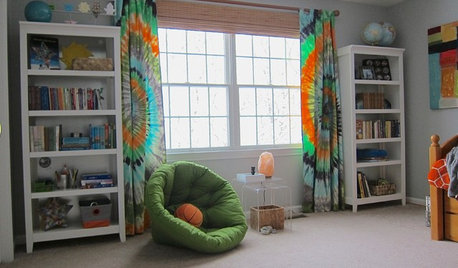
KIDS’ SPACESThis Designer’s Client Was Her 10-Year-Old Son
What do you give a boy with a too-babyish bedroom when he’s approaching double digits? See for yourself
Full Story
HOUZZ TOURSHouzz Tour: Updated Elegance for a 200-Year-Old Norwegian Mansion
Original details are restored to glory with a modern color palette and set off by fresh furnishings and a more open layout
Full Story
LIFE10 Beautifully Simple Ways to Go Greener in the New Year
You may just find more green in your wallet along the way
Full Story
SELLING YOUR HOUSE10 Tricks to Help Your Bathroom Sell Your House
As with the kitchen, the bathroom is always a high priority for home buyers. Here’s how to showcase your bathroom so it looks its best
Full StorySponsored
Most Skilled Home Improvement Specialists in Franklin County
More Discussions







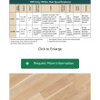

Cancork Floor Inc.